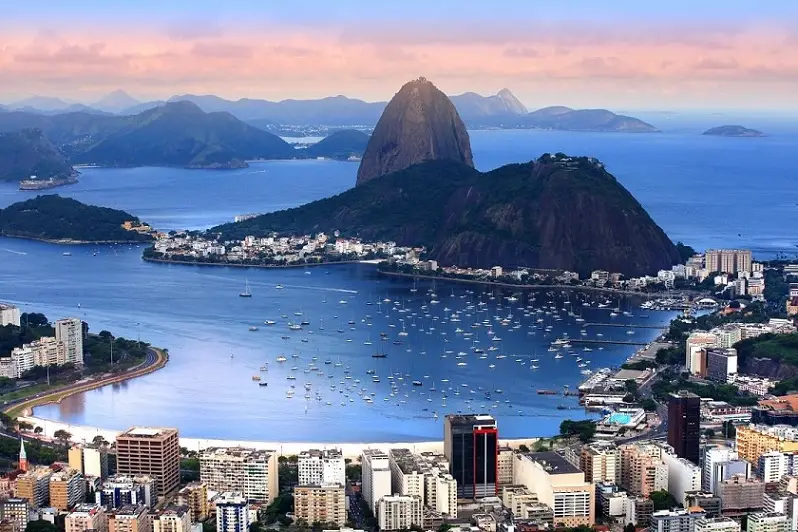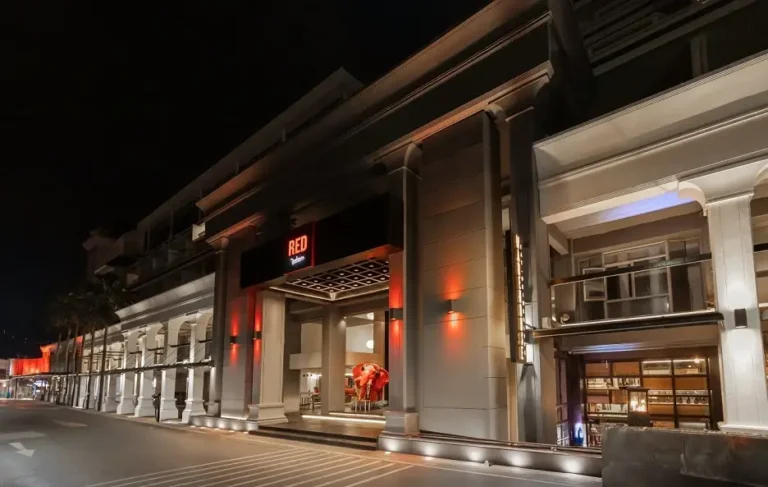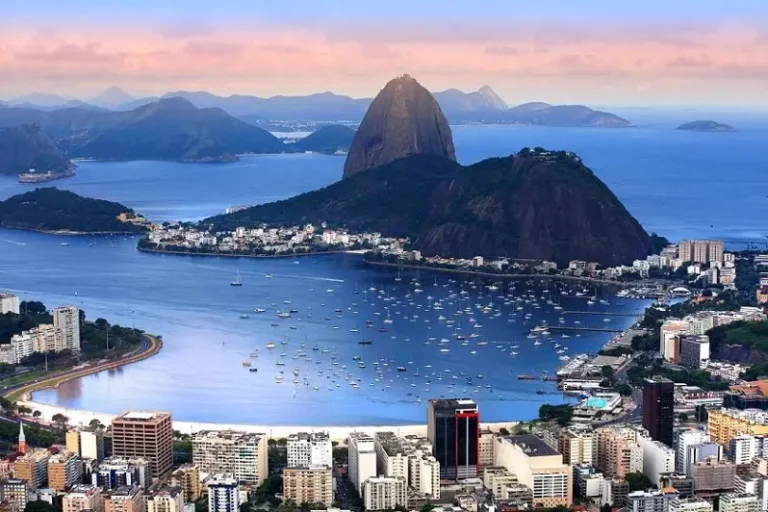
Hotel News: Hotel Giants Turn Focus Toward the Americas
In a move that could disrupt Thailand’s dominance as a hospitality hotspot, global hotel brands are ramping up investments in Latin America and the Caribbean, positioning the region as a potential rival in the international tourism and hotel development arena. The surge in interest comes despite ongoing political and economic uncertainties across many countries in the region.

Image Credit: Rainforest Cruises
Speaking at the recent Americas Lodging Investment Summit CALA (Caribbean and Latin America) conference, hospitality executives expressed strong optimism about the long-term potential of the region. Gilda Perez-Alvarado, Chief Strategy Officer and CEO of Orient Express at Accor, pointed out that market volatility is nothing new in Latin America and the Caribbean, and seasoned players have learned to work within such conditions. She emphasized that Accor is still highly bullish on the region and underscored the group’s commitment through continued expansion plans.
This Hotel News report highlights that Accor currently operates 500 hotels totaling 75,000 rooms across the CALA region — representing nearly 10% of its global portfolio. The company recently disclosed its intent to acquire 17 hotel management contracts from the Royal Holiday Group, including six all-inclusive resorts in Mexico and eleven city and resort properties spanning Argentina, Puerto Rico, and additional locations.
Demand Remains Resilient Despite Economic Headwinds
While American outbound travel to CALA remains healthy, there has been a slight dip in CALA-based travel to the U.S., which brands are monitoring closely. Jolyon Bulley, CEO of the Americas for IHG Hotels & Resorts, believes the fundamentals remain strong, thanks to growing middle-class populations and aging yet affluent retirees throughout the region. These dynamics support a favorable outlook, even amid short-term economic headwinds.
Gustavo Viescas, president of CALA operations for Wyndham Hotels & Resorts, stressed that hoteliers in Latin America are well-versed in navigating crises. Wyndham currently manages 268 properties with 45,000 rooms across the region, showcasing its longstanding commitment. Meanwhile, Bruce Wardinski, Chairman and CEO of Playa Hotels & Resorts, which is being acquired by Hyatt for $2.6 billion, sees potential tailwinds in the form of redirected Canadian tourist traffic. If Canadians opt for the Caribbean or Mexico over the U.S. this winter, it could further boost regional arrivals.
Investment Activity Slows but Opportunities Remain Abundant
Despite cautious sentiment around deal-making, executives remain largely undeterred. Keith Pierce of Sonesta Hotels noted that deal volume remains “frothy” in key markets such as the Dominican Republic, Panama, Colombia, Peru, Chile, Brazil, and Argentina — a trend that usually foreshadows improved performance metrics.
On the other hand, Andrés Fajardo, CEO of GHL Hoteles, acknowledged that investment appetite has cooled recently. GHL, which manages 61 hotels across nine Latin American countries, is taking a wait-and-see stance for now. However, Fajardo also sees the current environment as ripe for strategic conversions and consolidation among local operators — both viewed as gateways for sustained growth.
Local Partnerships Key to Success in the Region
Hotel brands have learned that success in Latin America hinges heavily on close collaborations with local stakeholders. Most major deals are now being structured with regional private equity, family-owned funds, and local real estate developers. Perez-Alvarado reiterated that Latin American investors continue to be among the largest hotel owners in the region. While U.S.-based investment funds are beginning to show interest, local capital remains dominant.
To de-risk developments, brands are becoming increasingly flexible with deal structures — often incorporating residential components, shared ownership models, and extended payout schedules. Larry Cuculic, CEO of BWH Hotels, emphasized the need for “aggressive but aligned” partnerships that communicate long-term commitment to hotel owners.
This strategy is evident in IHG’s upcoming Kimpton Monterrey property in Mexico. Scheduled to open in 2026, the hotel will be part of Torre Rise — a mixed-use mega-development expected to become Latin America’s tallest skyscraper. The project combines luxury accommodations with premium residential units, offering investors stronger cash flow and better protection against seasonal tourism fluctuations.
Thailand Could Lose Competitive Edge if Trends Continue
Thailand has long been one of Asia’s most attractive destinations for international hotel brands. But with the combination of political stability concerns, increasing operational costs, and growing oversupply in key markets like Bangkok, Phuket, and Chiang Mai, investors are starting to diversify their bets. The aggressive push by global hospitality players into Latin America and the Caribbean could eventually tip the scales.
If this momentum continues, Thailand will have to step up its game — whether through regulatory incentives, infrastructure development, or tourism promotion — to maintain its status as a global hospitality leader. The rise of mixed-use developments, strong local financing ecosystems, and supportive demographics in the CALA region pose a credible challenge to Thailand’s long-held supremacy in this space.
Latin America and the Caribbean are no longer just seasonal sun-and-sand destinations. With strategic partnerships, long-term development pipelines, and an evolving class of well-financed domestic investors, the region is steadily transforming into a global hospitality powerhouse.
Hotel developers and tourism authorities in Thailand and across Southeast Asia would do well to watch this emerging competition closely. What was once considered a volatile frontier market is now shaping up to be a formidable rival with real staying power.
For the latest on the Global Hotel Industry, keep on logging to Bangkok Hotel News.





